Images of Hymenoptera Chrysididae (photos, videos, drawings)
Here you find some pictures of Chrysididae drawn from books and from websites, macrophotos and videos. For each image and video the Copyright statement is reported. If you like to contribute with your pictures, please upload them directly to Chrysis.net Forum. Alternatively, send them to our e-mail address ![]() .
.
 Macrophotos of Chrysidids (old gallery)
Macrophotos of Chrysidids (old gallery)
The old Gallery of Chrysidids.
Macrophoto-monographs
- Agnoli G.L. - Wasps of Sicily
- Jacobs M. - Chrysidids from Belgium
- Perboni A. - Shooting (with the camera) to a Stilbum cyanurum
Utility
![]() Monitor calibration check in order to correctly see the pictures.
Monitor calibration check in order to correctly see the pictures.
Copyright, Authorship, and Ownership statements
All text and images of this page are copyright ©️ Chrysis.net unless otherwise stated - please see individual cases for authorship and copyright details. The specimens pictured are from the authors' or other collaborators' personal collections and from the collections of various museums. Unless otherwise specified, the whole content of this web site is for personal, non-commercial, scientific, and educational purposes given proper accreditation to the page from which they were derived are provided, and under Chrysis.net Terms and Conditions.
For citation purposes
Agnoli G.L. & Rosa P. (2025) Search Results , in: Chrysis.net website. Interim version 29 April 2025, URL: https://www.chrysis.net/search/%252525E7%25252583%252525AD%252525E8%252525A1%25252580%252525E9%252525AB%25252598%252525E6%252525A0%252525A11~3%252525E7%25252599%252525BE%252525E5%252525BA%252525A6%252525E7%252525BD%25252591%252525E7%2525259B%25252598-%252525E3%25252580%25252590%252525E2%2525259C%25252594%252525EF%252525B8%2525258F%252525E6%2525258E%252525A8%252525E8%2525258D%25252590BB76%252525C2%252525B7CC%252525E2%2525259C%25252594%252525EF%252525B8%2525258F%252525E3%25252580%25252591-%252525E5%25252585%252525AB%252525E4%252525B8%252525AA%252525E8%2525259D%252525B4%252525E8%2525259D%252525B6%252525E5%25252585%252525AC%252525E4%252525B8%252525BB%252525E6%25252595%25252585%252525E4%252525BA%2525258B-%252525E7%25252583%252525AD%252525E8%252525A1%25252580%252525E9%252525AB%25252598%252525E6%252525A0%252525A11~3%252525E7%25252599%252525BE%252525E5%252525BA%252525A6%252525E7%252525BD%25252591%252525E7%2525259B%25252598nvq0t-%252525E3%25252580%25252590%252525E2%2525259C%25252594%252525EF%252525B8%2525258F%252525E6%2525258E%252525A8%252525E8%2525258D%25252590BB76%252525C2%252525B7CC%252525E2%2525259C%25252594%252525EF%252525B8%2525258F%252525E3%25252580%25252591-%252525E5%25252585%252525AB%252525E4%252525B8%252525AA%252525E8%2525259D%252525B4%252525E8%2525259D%252525B6%252525E5%25252585%252525AC%252525E4%252525B8%252525BB%252525E6%25252595%25252585%252525E4%252525BA%2525258Bw2t0-%252525E7%25252583%252525AD%252525E8%252525A1%25252580%252525E9%252525AB%25252598%252525E6%252525A0%252525A11~3%252525E7%25252599%252525BE%252525E5%252525BA%252525A6%252525E7%252525BD%25252591%252525E7%2525259B%25252598yut6s-%252525E5%25252585%252525AB%252525E4%252525B8%252525AA%252525E8%2525259D%252525B4%252525E8%2525259D%252525B6%252525E5%25252585%252525AC%252525E4%252525B8%252525BB%252525E6%25252595%25252585%252525E4%252525BA%2525258B3oas/page/15.

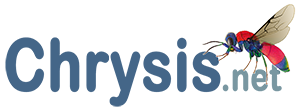







 A parasitoid is an insect whose larvae develop on an arthropod host that is always killed at the end; this fact doesn't occur in the case of the "true parasites". The use of such definition strictly applies to some insects, namely to 56 Families of Hymenoptera, 21 of Diptera, 11 of Coleoptera, 2 of Lepidoptera and 1 of Neuroptera.
A parasitoid is an insect whose larvae develop on an arthropod host that is always killed at the end; this fact doesn't occur in the case of the "true parasites". The use of such definition strictly applies to some insects, namely to 56 Families of Hymenoptera, 21 of Diptera, 11 of Coleoptera, 2 of Lepidoptera and 1 of Neuroptera.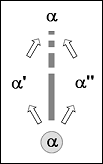 Speciation that occurs when two or more populations of a species are geographically isolated from one another sufficiently that they do not interbreed.
Speciation that occurs when two or more populations of a species are geographically isolated from one another sufficiently that they do not interbreed.
 The increased reproductive isolation between two closely related species when they live in the same geographic region.
The increased reproductive isolation between two closely related species when they live in the same geographic region.
 Rosa P., 2006
Rosa P., 2006 Ruffo S. - Stoch F. (eds.), 2005
Ruffo S. - Stoch F. (eds.), 2005 Pagliano G. & Negrisolo E., 2005
Pagliano G. & Negrisolo E., 2005 Rosa P., 2005
Rosa P., 2005 Peeters, T.M.J., Achterberg, C. van, Heitmans, W.R.B., 2004
Peeters, T.M.J., Achterberg, C. van, Heitmans, W.R.B., 2004 Ministero dell'Ambiente e della Tutela del Territorio, 2002
Ministero dell'Ambiente e della Tutela del Territorio, 2002 Witt R., 1998
Witt R., 1998 Minelli A., Ruffo S., La Posta S. (eds), 1993-1995
Minelli A., Ruffo S., La Posta S. (eds), 1993-1995

 Entomological Glossary
Entomological Glossary Biological Glossary
Biological Glossary Zoological Glossary
Zoological Glossary Taxonomy of Hymenoptera
Taxonomy of Hymenoptera Stereo Microscopes
Stereo Microscopes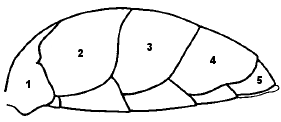
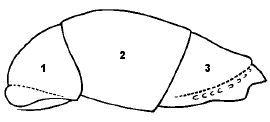
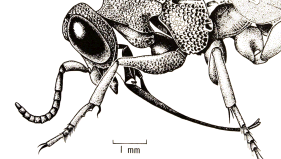
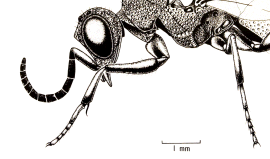


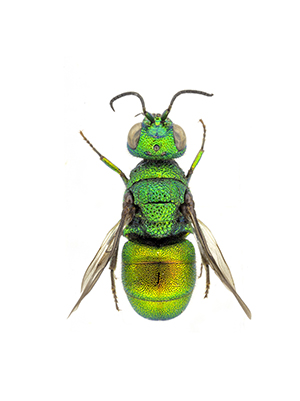
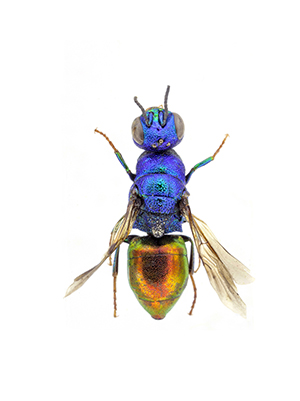
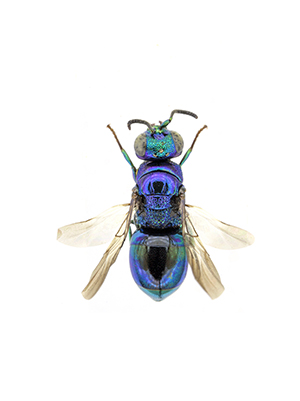
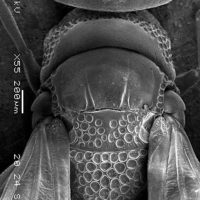
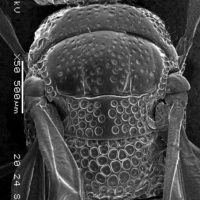
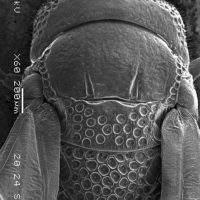
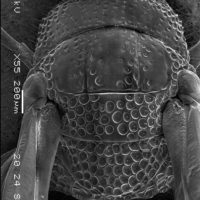
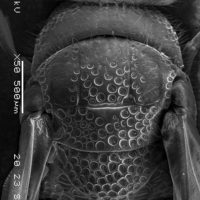
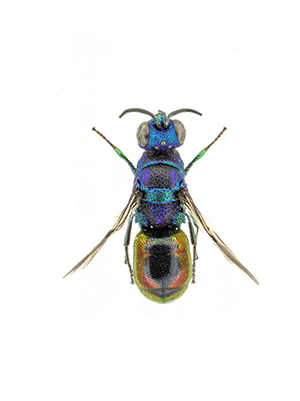
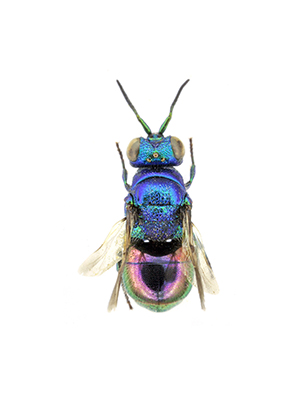
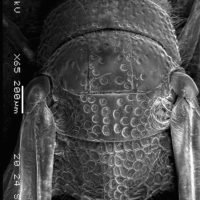
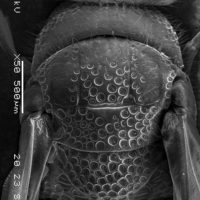
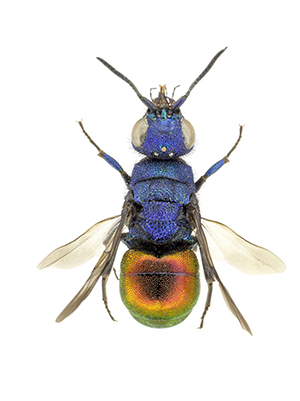
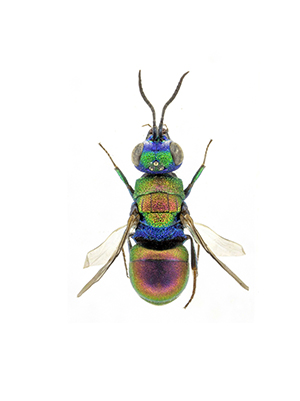
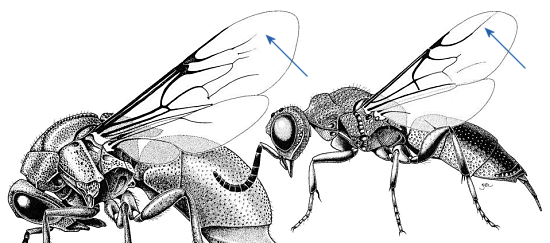
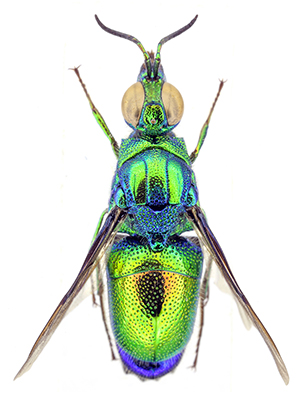

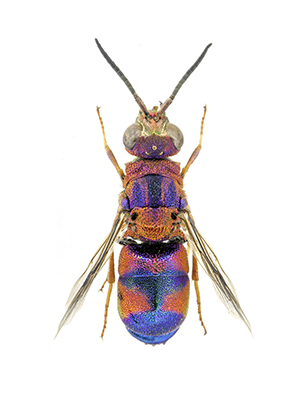
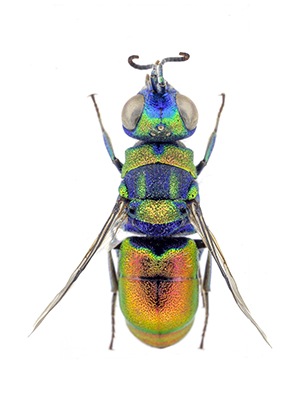
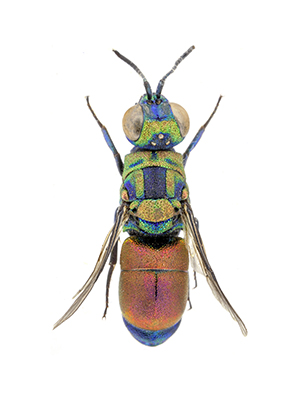
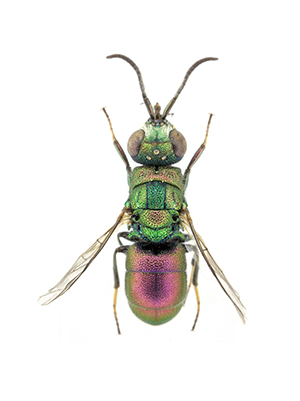
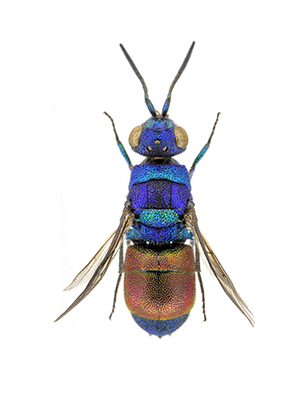
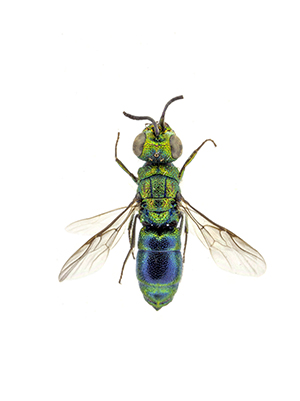
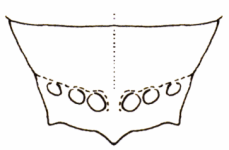
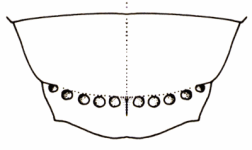
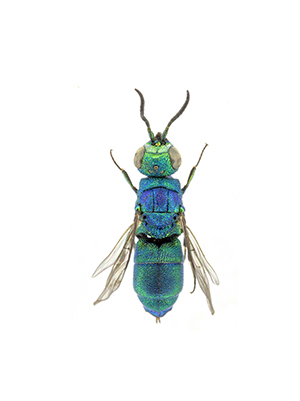
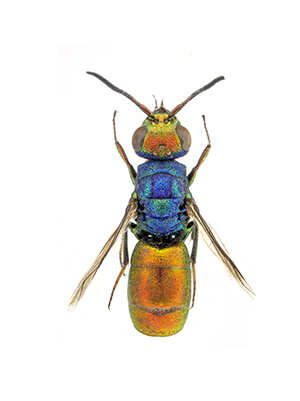
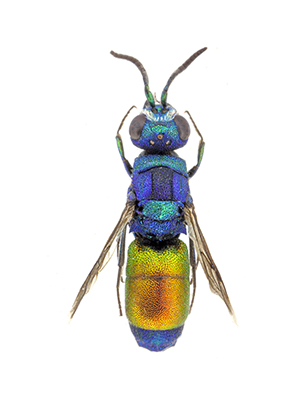
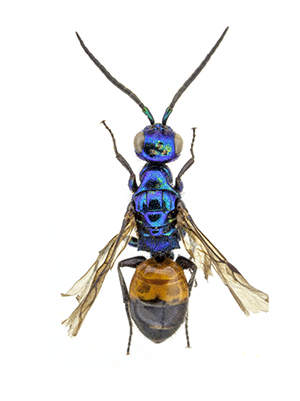
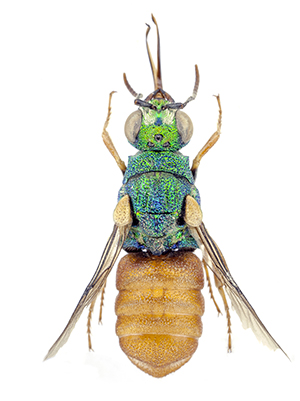
 The Database of the World Bibliography of Chrysididae collects all the world references about Chrysididae and it comprises
The Database of the World Bibliography of Chrysididae collects all the world references about Chrysididae and it comprises 
